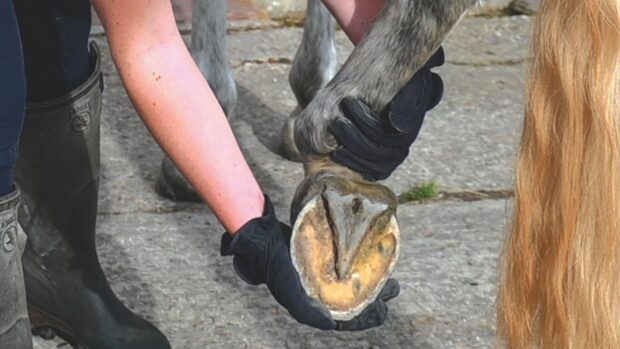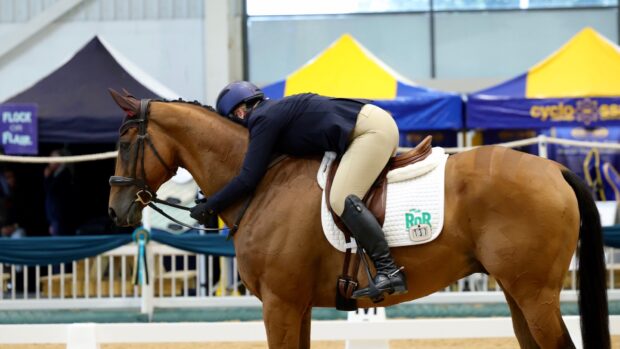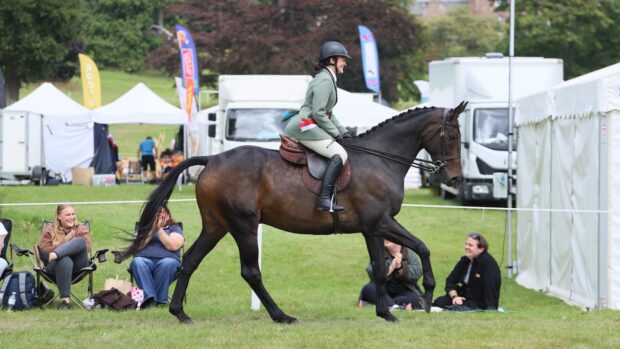Fred and Rowena Cook run Equine Management and Training, specialising in the retraining of racehorses. They are the authors of Re-educating Racehorses — Life After Racing. Here they outline some of the pros and cons of taking on an ex-racehorse…
The pros
-
- You are giving a horse a second chance in a new life, which they all deserve.
- The thoroughbred is a very versatile creature. He can turn his “hoof” to anything, even if not to a particularly high standard. Therefore, they make fun all-round horses.
- Generally, they are quick and enthusiastic learners with a great work ethic. When we hear of lazy ex-racehorses, this is usually due to a communication issue, lack of understanding of the aids or something physical.
- The retraining journey can comprise of many ups and downs — as well as tears — but it is an extremely rewarding one. Given time, most adapt very well to their new lifestyle.
- They are very affectionate horses and love all the attention lavished on them.
- Being generally lighter framed horses, they are easier to “hold together”.
- At whatever age you acquire your ex-racehorse, you know for sure he is used to being ridden. So there are no issues with backing, as can be the case purchasing an unbroken horse.
- These horses are usually good to load, shoe and have good stable manners.
Article continues below…
You might also be interested in:

Myth-busting common ‘problems’ when retraining racehorses
Have any of these ‘myths’ put you off from buying an ex-racehorse? You may now reconsider...

Subscribe to Horse & Hound magazine today – and enjoy unlimited website access all year round
The cons
- While the initial purchase is less costly, during the early months there can be a higher maintenance cost due to the requirements of corrective farriery and physiotherapy treatments. For the non-superstar racehorses, it is quite likely that the horse has incurred some form of physical injury (back, pelvis and legs are the most common) — particularly the National Hunt horses. This may not present difficulties early on but may well manifest later during the course of retraining work. Most people do find that they need outside help from a trainer, so this is an additional cost consideration.
- Ulcers are extremely common in racehorses with over 90% of horses having them. Therefore, discuss this with your vet — particularly if the horse does not gain weight, demonstrate girthing or grooming issues. Once affected by ulcers, some horses can remain prone to them.
- More regular consultations with a saddle fitter will be required, especially if you work the horse correctly — as there will be changes to his body shape and muscle structure.
- Thoroughbreds can generally be more costly to keep. Being thin-skinned, a wider range of rugs may be required and additional feed may be required to help maintain weight during the winter months.
Don’t miss our ex-racehorse special in Horse & Hound magazine — on sale now (issue dated 3 October 2019).




